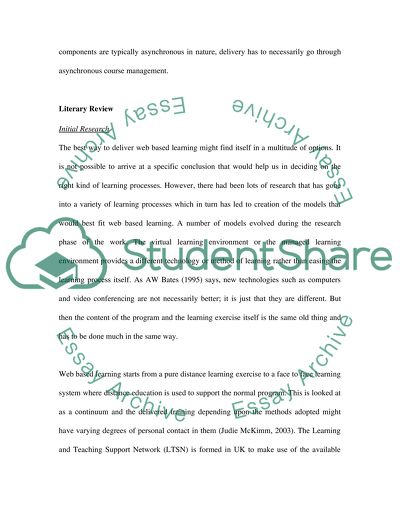Cite this document
(“Models for Web Based Learning Essay Example | Topics and Well Written Essays - 3000 words”, n.d.)
Models for Web Based Learning Essay Example | Topics and Well Written Essays - 3000 words. Retrieved from https://studentshare.org/education/1519653-models-for-web-based-learning
Models for Web Based Learning Essay Example | Topics and Well Written Essays - 3000 words. Retrieved from https://studentshare.org/education/1519653-models-for-web-based-learning
(Models for Web Based Learning Essay Example | Topics and Well Written Essays - 3000 Words)
Models for Web Based Learning Essay Example | Topics and Well Written Essays - 3000 Words. https://studentshare.org/education/1519653-models-for-web-based-learning.
Models for Web Based Learning Essay Example | Topics and Well Written Essays - 3000 Words. https://studentshare.org/education/1519653-models-for-web-based-learning.
“Models for Web Based Learning Essay Example | Topics and Well Written Essays - 3000 Words”, n.d. https://studentshare.org/education/1519653-models-for-web-based-learning.


